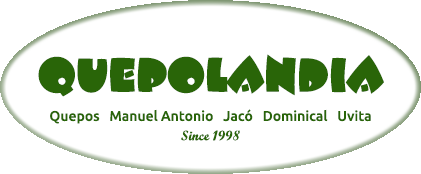The Snowball Effect #1
By Os ¡Feliz Año Nuevo amigos! ¿How were your holidays? ¿Did you enjoy them? Snowball. It is hard to get one around here, isn’t it? Well, not this kind of snowball… This snowball is made of Spanish. We are gonna start with isolated words and by the end of this
Read More